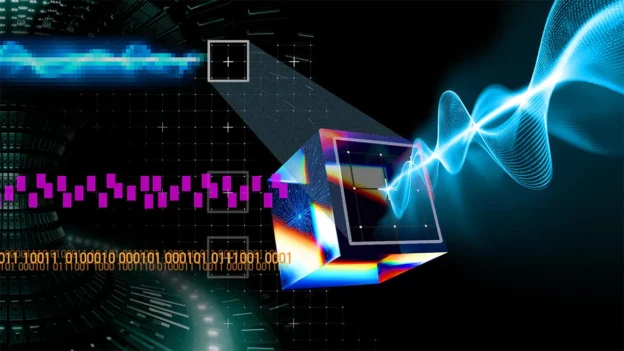An international collaboration led by Princeton University has developed an artificial intelligence called Diag2Diag, capable of reconstructing missing data in fusion reactors significantly improving plasma monitoring.
What is Diag2Diag and how does it work?
AI is designed to fill information gaps based on two main ideas:
- Generate a synthetic version of the data, based on information from several sensors in a fusion reactor, to complete the data from a different sensor.
- Improve the detail of the data generated to provide scientists with a more complete and enriched view of the reactor interior.
An example of the application of Diag2Diag could be in Thomson scattering diagnostics, which although fast, is not fast enough to capture certain ultrafast instabilities. The AI could take data from other sensors and generate the missing information for this specific measurement and provide the level of detail needed.
Why is this development important?
The current fusion systems systems use dozens of sensors to perform complex diagnostics, but Diag2Diag could reduce the number of physical sensors required, resulting in more free space in the reactor, less maintenance and reduced costs.
In addition, the AI has already provided new evidence to the research team supporting the magnetic island theory for ELM suppression by observing in detail how applied magnetic fields flatten the temperature and density of the plasma at its edge, a phenomenon difficult to capture with conventional tools.
A strategic step in global research
The development of Diag2Diag is the result of joint work between Princeton, the Princeton Plasma Physics Laboratory (PPPL), Seoul National University and other institutions, with support from agencies such as the U.S. Department of Energy and the Korean Ministry of Science and ICT.
This research is not an isolated event; it is aligned with the international effort to apply artificial intelligence to control complex plasma physics. AI is already being evaluated by other scientific teams interested in applying it to new complex diagnostic scenarios.
Source: Princeton Plasma Physics Laboratory.


